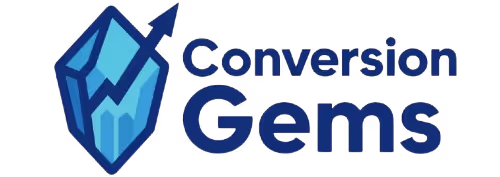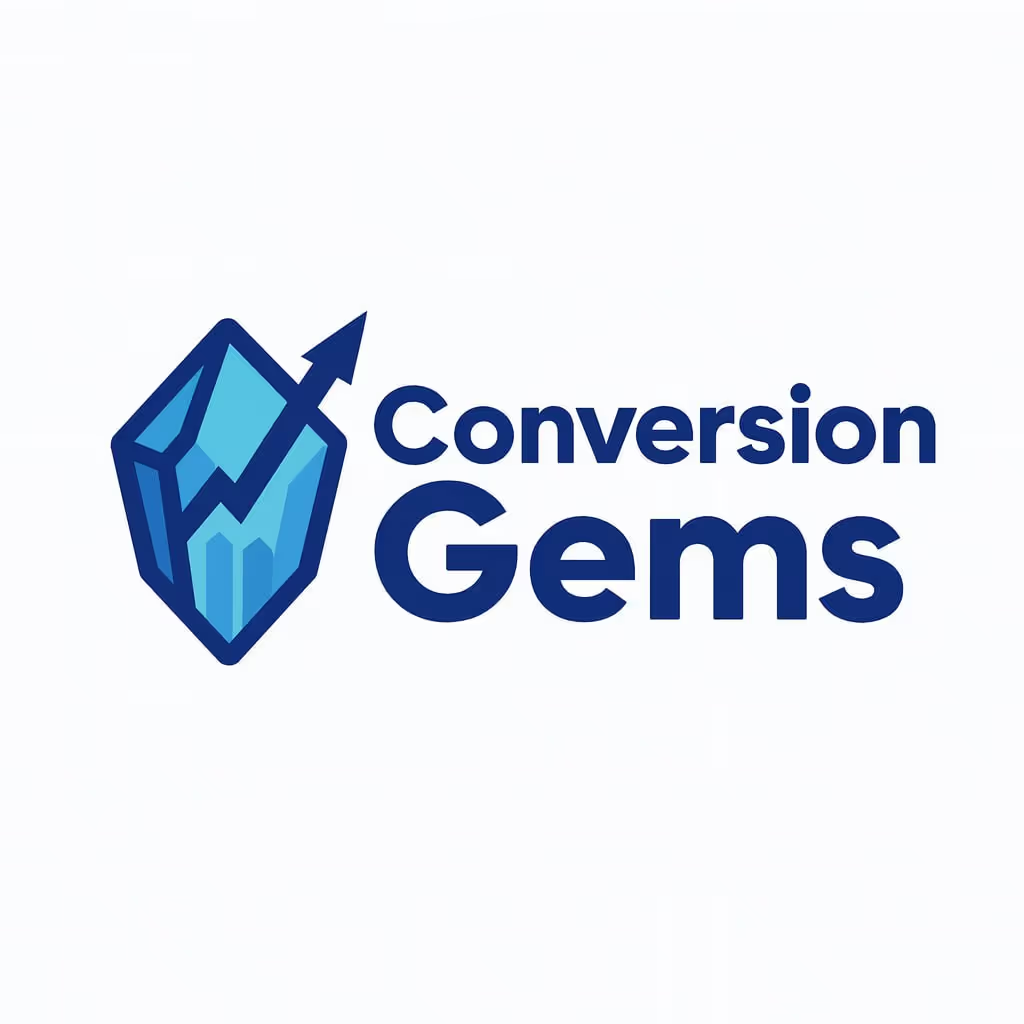Tool Insights
Home > Tools > Tool Details
Stable Diffusion
Description
Stable Diffusion is a latent text-to-image diffusion model capable of generating photo-realistic images given any text input
Stable Diffusion is open-source, meaning anyone can customize, train models, and create unique outputs. It’s highly flexible but requires some technical setup.
Key Applications
- stom Model Fine-Tuning & Training: Allows developers and researchers to train and adapt the model on specific datasets to generate specialized imagery (e.g., brand-specific styles, medical illustrations).
- Inpainting & Outpainting for Image Editing: Enables precise editing within existing images by regenerating selected areas (inpainting) or extending an image's borders (outpainting).
- Specific Workflow: A developer fine-tunes the model on a dataset of architectural blueprints, then integrates it into a SaaS product that generates interior design concepts from user sketches.
Who It’s For
This technology is built for AI researchers, developers, and tech-savvy artists who require open-source, customizable, and locally deployable generative AI. It solves the problem of closed, restrictive AI systems by providing a foundational model that can be modified, studied, and integrated freely. The primary buyer persona is an AI Developer or Researcher at a company or institution building custom generative AI solutions.
Pros & Cons
How It Compares
- Versus DALL-E 3: Stable Diffusion wins on open-source access, customizability, and the ability to run locally for data privacy, whereas DALL-E 3 is a closed, managed service that excels in prompt understanding and safety filters.
- Versus Midjourney: It differentiates by being an open model ecosystem rather than a product, offering unparalleled control and specialization potential, while Midjourney is a polished end-user product known for its default artistic style.
- Versus proprietary APIs: Its competitive advantage is the lack of per-image fees and the freedom from vendor lock-in, enabling complete control over the AI's capabilities and output.
Bullet Point Features
- Open-source model weights (from Stability AI)
- Text-to-image and image-to-image generation
- Local deployment capability for data privacy
- Extensive community-driven model fine-tunes (LoRAs)
- Powerful inpainting/outpainting and upscaling tools
Disclosure
All product names, logos and brands are property of their respective owners. Use is for educational and informational purposes only and does not imply endorsement. Links are to third-party sites not affiliated with Barndoor AI. Please see our Terms & Conditions for additional information.

.avif)

.avif)




